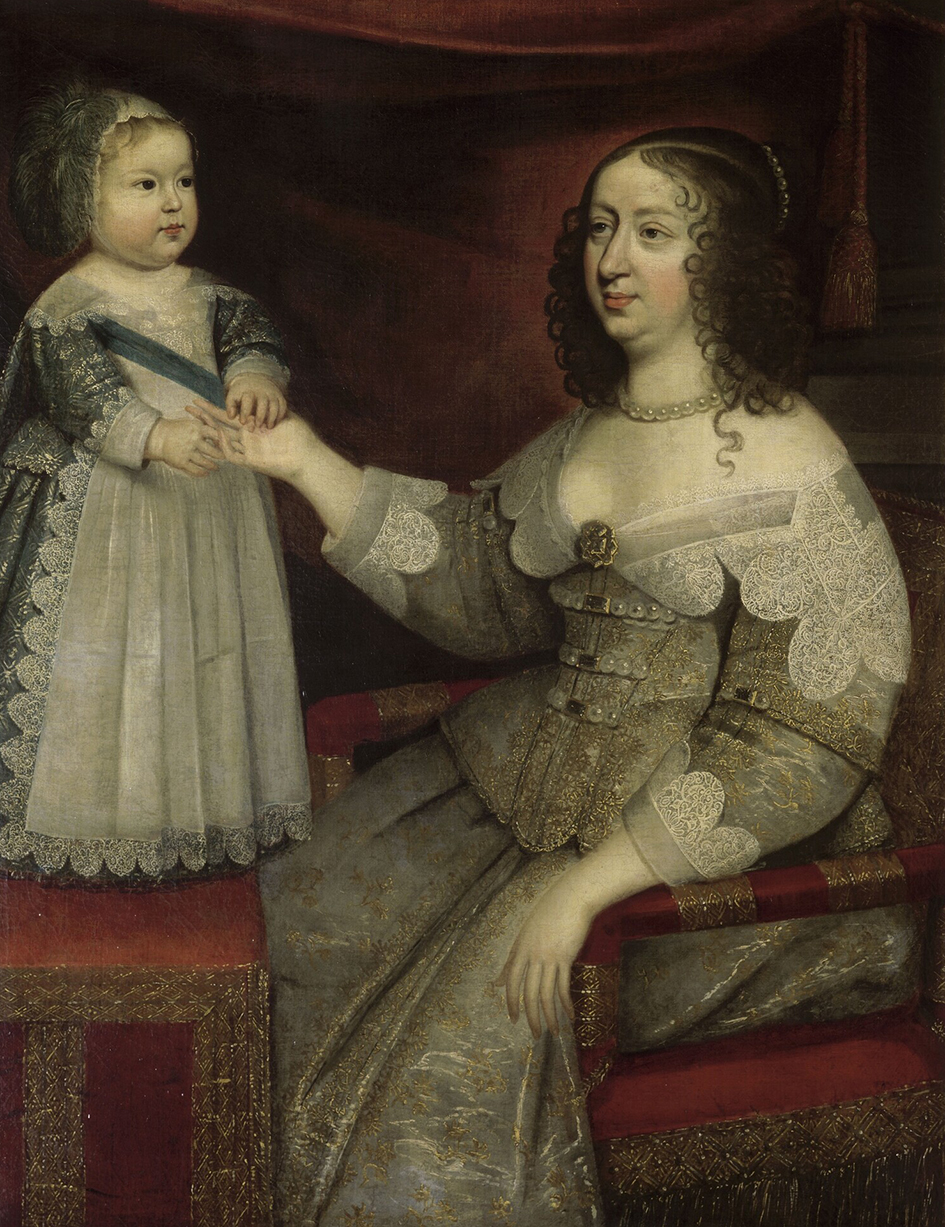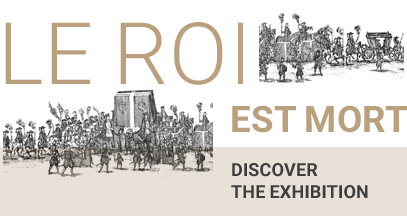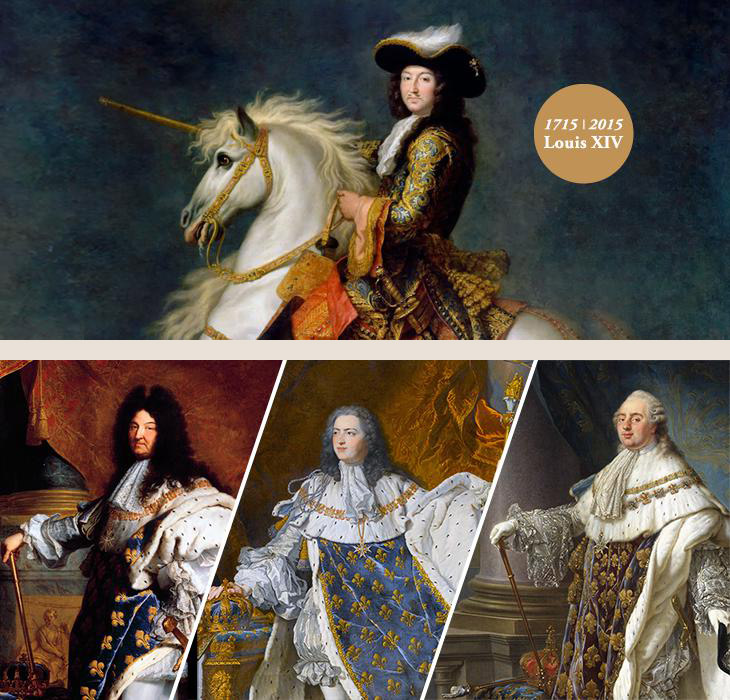Near his mother, far from his father
By Etienne Faisant
Saint-Germain-en-Laye, conveniently located 20 km from the centre of Paris, was known for its forest, its position on a promontory overlooking the Seine, and also for its good air. It became a custom to send royal children there, away from the capital and its epidemics. Louis XIV was born in Château-Neuf and was a resident there, and his younger brother, Philippe, the Duke d’Anjou, was even born there on 21 September, 1640.
A few days earlier, on his return to Saint-Germain his father had noticed that the young Louis had become “far more beautiful”. He complained, however, of his stubborn character, which vexed him sharply. The absence of the king, who was away governing the kingdom, caused the young Louis to be very close to his mother, to whom he would cling. Conversely, as his father sourly noted, the young boy could not help yelling “as though he were seeing the devil” every time he saw his father. Extremely displeased with this state of affairs, the king considered taking him quickly away from his mother. Duly admonished by his governess, Françoise de Souvré, Marquise de Lansac, the little boy threw himself at the feet of his father who, happy to have been able to play with his son, forgot his threats.
The dauphin was thus able to remain at Saint-Germain until the beginning of 1643. On 20th April, knowing himself to be close to death, Louis XIII, then aged 41, announced the conditions in which he desired the regency to be exercised until his son came of age, and had him baptised the following day in the chapel of the Palace of Saint-Germain-en-Laye, built by his forebear, Saint Louis.
Since 1862 the Palace of Saint-Germain-en-Laye has housed one of the largest archaeology museums in Europe, the French National Archaeology Museum – the National Estate of Saint-Germain-en-Laye, which exhibits archaeological collections from Palaeolithic times to the Middle Ages.
By Étienne Faisant, PhD in art history, specialising in architecture and decoration in the late Middle Ages and in the modern era. He carries out post-doctoral research at Labex on “The Pasts in the present” for the digital corpus project on the palace, gardens and museum of Saint-Germain-en-Laye. He has recently published an article on ‘les premiers travaux menés par Catherine de Médicis dans ses jardins de Chenonceaux’ (the first works carried out by Catherine de Medicis in her gardens at Chenonceaux).






















